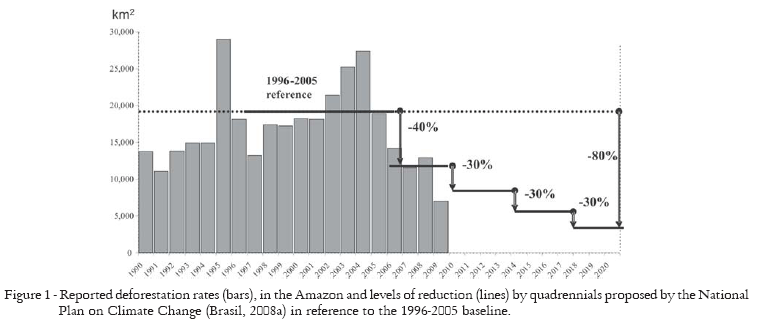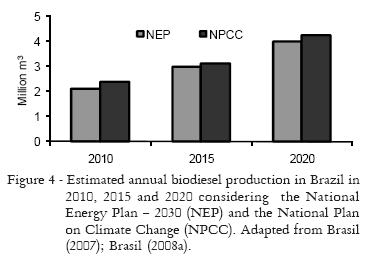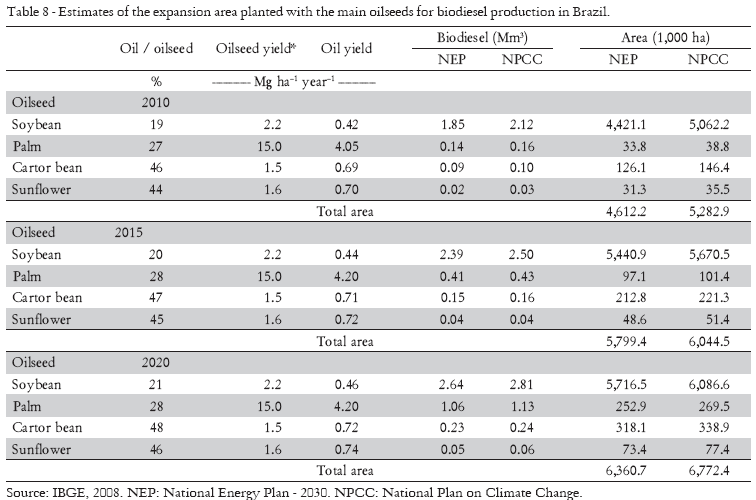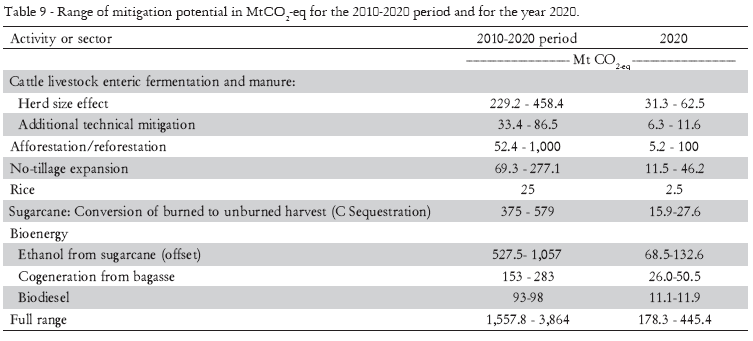National inventories of anthropogenic greenhouse gas (GHG) emissions (implementation of the National Communications) are organized according to five main sectors, namely: Energy, Industrial Processes, Agriculture, Land-Use Change and Forestry (LUCF) and Waste. The objective of this study was to review and calculate the potential of greenhouse gas mitigation strategies in Brazil for the Agricultural and LUCF. The first step consisted in an analysis of Brazilian official and unofficial documents related to climate change and mitigation policies. Secondly, business as usual (BAU) and mitigation scenarios were elaborated for the 2010-2020 timeframe, and calculations of the corresponding associated GHG emissions and removals were performed. Additionally, two complementary approaches were used to point out and quantify the main mitigation options: a) following the IPCC 1996 guidelines and b) based on EX-ACT. Brazilian authorities announced that the country will target a reduction in its GHG between 36.1 and 38.9% from projected 2020 levels. This is a positive stand that should also be adopted by other developing countries. To reach this government goal, agriculture and livestock sectors must contribute with an emission reduction of 133 to 166 Mt CO2-eq. This seems to be reachable when confronted to our mitigation option values, which are in between the range of 178.3 to 445 Mt CO2-eq. Government investments on agriculture are necessary to minimize the efforts from the sectors to reach their targets.
IPCC; EX-ACT; emission reduction; carbon fixation














